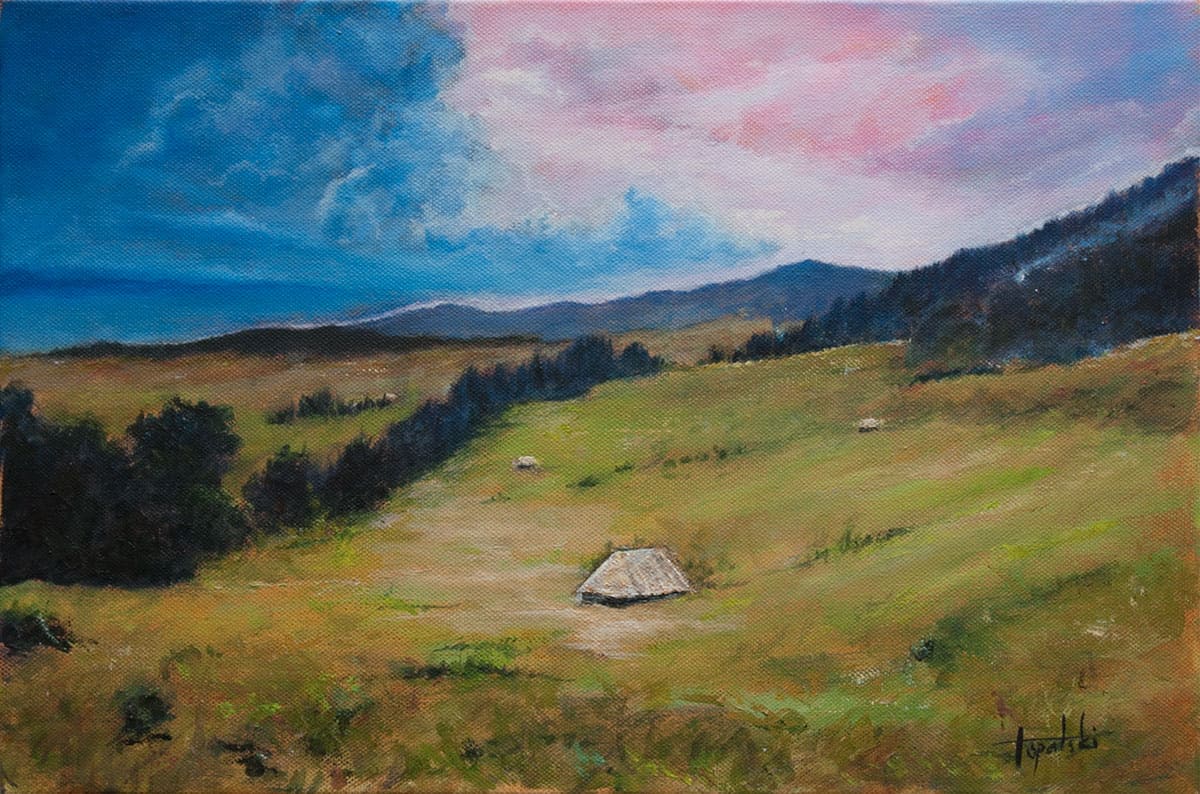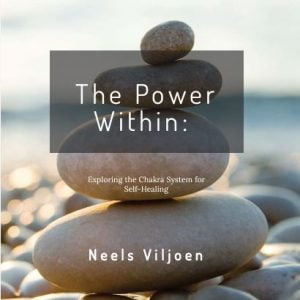 An archetypal experience of being human is the need and possibility at certain times throughout our lives to be reborn. To reinvent ourselves, to make a fresh start, to reimagine our role and place in the world, to embrace new values and discard what no longer serves us. This need and possibility of creatively crafting our identity and journey is an integral part of what in Jungian terms we refer to as individuation—the process of becoming an ever more honest and refined version of yourself.
An archetypal experience of being human is the need and possibility at certain times throughout our lives to be reborn. To reinvent ourselves, to make a fresh start, to reimagine our role and place in the world, to embrace new values and discard what no longer serves us. This need and possibility of creatively crafting our identity and journey is an integral part of what in Jungian terms we refer to as individuation—the process of becoming an ever more honest and refined version of yourself.I have been reflecting on this of late. How fortunate we are to be given these frequent and regular opportunities for renewal. I have always celebrated the threshold offered by a new year and put great stock in this. I count among my blessings that I have maintained a certain naivety and resisted cynicism.
The new year has never failed to renew my spirit and commitment to be a better version of my previous self. More recently though what has dawned on me is the gift offered on every new day. Just how profound the blessing is of being reborn every day. This gift of rebirth and renewal that we receive daily is a good example of what is meant by archetypal.
To wake from the slumber of the night and to have another opportunity to do better or to do more or sometimes less, but essentially to refine, even if in some small way, the efforts of the previous days. To wake in the morning and to have the whole day to consistently apply yourself to your very own project of being alive, of being you. To have the possibility of putting the mistakes, failures and disappointments from yesterday and all the days prior, behind you. To commit oneself, heart and soul, to making today the best possible day it can be. To enact the artist of the soul to paint one’s masterpiece today.
And then at night, to relax the creative tension, to forgive oneself the sins (failures, inadequacies et al.) of the day. To return to a state of slumber and deep rest, to renew one’s spirit and energies, to be ready to once again the following morning, receive the gift of a new day and meet it with an open heart and clear mind.
A cinematic metaphor that portrays this idea so well is the eternal repetition in Groundhog Day, the 1993 comedy-drama, starring Bill Murray in the lead, as a weatherman who gets caught in a time loop. He must repeat the same day, seemingly endlessly, until some epiphany is achieved that allows him to move on along his linear timeline. In philosophy and theology, the idea of the eternal return of time or eternal recurrence of time and events is found in many diverse traditions. Possibly one of the most well-known expressions of this idea comes from Nietzsche,
“Whoever thou mayest be, beloved stranger, whom I meet here for the first time, avail thyself of this happy hour and the stillness around us, and above us, and let me tell thee something of the thought which has suddenly risen before me like a star which would fain shed down its rays upon thee and everyone, as befits the nature of light. – Fellow man! Your whole life, like a sandglass, will always be reversed and will ever run out again, – a long minute will elapse until all those conditions out of which you were evolved return in the wheel of the cosmic process. And then you will find every pain and every pleasure, every friend and every enemy, every hope and every error, every blade of grass and every ray of sunshine once more, and the whole fabric of things which make up your life. This ring in which you are but a grain will glitter afresh forever. And in every one of these cycles of human life, there will be one hour where, for the first time one man, and then many, will perceive the mighty thought of the eternal recurrence of all things:– and for mankind, this is always the hour of Noon”.
Notes on the Eternal Recurrence – Vol. 16 of Oscar Levy Edition of Nietzsche’s Complete Works
In other words, there is a way of thinking about every day as the same day repeated endlessly – or until there are no more days, for you at least. You have a thousand opportunities to truly make the day, so that one reaches that perfect day, whereas Master Lü Dongbin says in the Secret of the Golden Flower…
“the golden light crystallises and silently in the morning thou fliest upwards.”
Creative inspiration and available libido (psychological energy) are both necessary for this process of renewal. This capacity for change and renewal is one of the hallmarks of healthy psychology. By contrast, one of the easiest ways to identify a neurosis is by the individual’s inability to change, renew, reimagine or in psychoanalytic terms, to re-symbolise, a way of being in the world that is no longer functioning optimally.
It is not only normal but necessary to encounter adversity. It is part of the human condition and that which facilitates growth and increased capacity. Naturally, we would not grow if we were never challenged to do so. Growth beyond a certain way of being always involves overcoming a certain stuckness and previous level of adaptation, skill set, resilience, habits, thoughts and so on.
A neurosis as Freud pointed out is a form of “repetition compulsion”. Enacting a behaviour or set of behaviours repeatedly, in response to a consistent stimulus (challenge) that is dysfunctional. In other words, I keep doing the same thing but hoping for a different result. The subject in this instance is continually coming up against the same or a very similar threshold but is unable to successfully cross it. They are unable to successfully renew themselves and repeatedly serve up an existing version of their identity and adaptive self, despite it producing a less-than-ideal result. To return to our metaphor of Groundhog Day, this is the experience of being endlessly on repeat, and simply unable to enact something new. Forced to endlessly repeat the mistakes of the past.
The reasons for neurosis are complex and go beyond the focus of this post. I want to point out only two consistent characteristics of what this failure looks like a manifest lack of creativity and an inability to assimilate a past event.
One way to break this deadlock is provided by psychoanalysis broadly speaking, and in the focused context here, by Jungian psychoanalysis, more specifically. This is through the engagement with symbols and symbolisation. Symbols are the gateways to rebirth. Symbols allow us to move beyond a state that has become sterile and no longer serves us. The engagement with a living symbol allows for continual renewal, increasing insight (consciousness), refinement, meaning and individuation.
The psyche, like society and culture, is structured by a set of interlinking symbols. The breakthrough of psychoanalysis is the realisation, as Žižek puts it, that psychoanalysis – the talking cure, to avoid a tautology, can intervene in the realm of the symbolic. Jung had a particular affinity for the power and meaning of symbols and their capacity to facilitate a dialogue with the unconscious.
“Psychic development cannot be accomplished by intention and will alone; it needs the attraction of the symbol; whose value quantum exceeds that of the cause.”
– C. G. Jung, Collected Works, vol. 8, par. 47
The symbol is that which can take the subject beyond the inevitable sterility of consciousness. I don’t, in other words, merely reinvent the day through force of will alone, but by the collaboration with the psyche as a whole, i.e. the unity of conscious and unconscious, that is only realisable through consciously engaging with symbols.
If this is something that interests you and that you would like to know more about, join us on a 5-week intensive study of the practical application of symbols and symbolisation.
The Alchemy of Symbols, grounded in Jungian theory was developed by the Centre of Applied Jungian Studies and has been taught to several thousand students around the world over the last five years.
Hills-Acrylic-and-Oil-painting-on-canvas-by-topalski









Leave a Reply
Your email is safe with us.